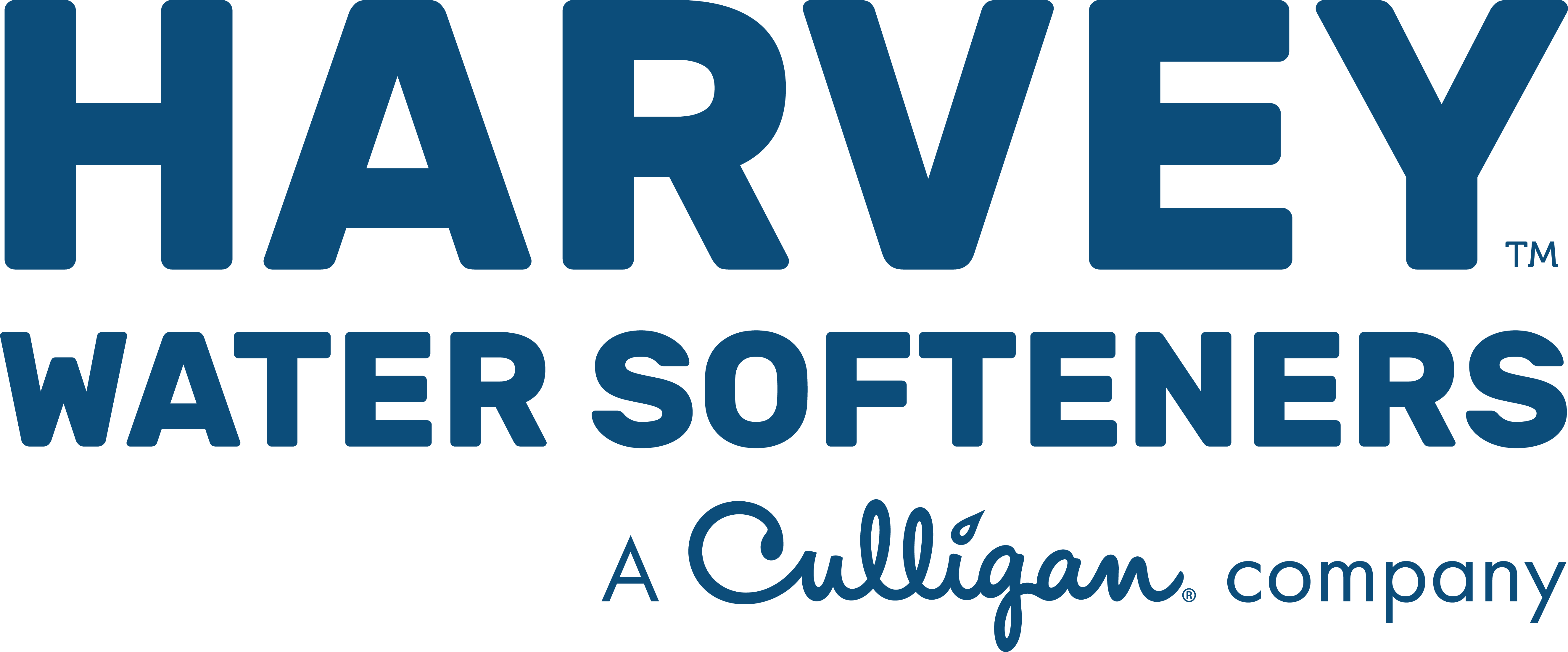Case Study
1.0 Introduction
Tony Frost, Aquafocus, had expressed concerns at a British water focus group meeting that the water softener industry was getting an unfair reputation for affecting small single household sewage treatment plants. It was agreed by the focus group that Richard Munden would trial the Harvey Water Softener™ and report on the matter.
2.0 Summary.
Initially the treatment plant had a slight problem in adjusting to the change in conditions. It may be nothing to do with the salt regeneration process just the dramatic change over a few days going from very hard water to soft. The plant has performed since the initial hiccup with no noticeable difference to the final effluent quality.
The benefits are that the use of detergents dropped by 30 to 50%, which can only benefit the plant’s performance. Softened water has been beneficial in clearing up a case of eczema in a family member and that skin care/health has improved generally.
3.0 Treatment plant
The trial was conducted on a WPL mini-Hipaf that had a treatment capacity of 300 grams of BOD per day and 1000 litres per day of dry weather flow with a peak flow of 3 times DWF. The biological process used was a random packed submerged aerated filter that had been installed in 1996 and closely monitored so that the performance of the plant was well known.
4.0 Trial
A Harvey™ Block Salt Softener was supplied. The unit was easy to install in a cupboard near the sink unit. All water, except the main kitchen sink for drinking and cooking, was put through the softener. Two salt blocks slowly dissolve for the regeneration process, which is triggered on the amount of water treated. Each block weighs approximately 4 kgs and is 90 x 60 x 270mm. They are very easy to replenish, the dates of replenishment (each time two blocks added) were:
1st 8.4.04 (commissioning), 2nd 29.4.04, 3rd 20.5.04, 4th 10.6.04, 5th 1.7.04, 6th 16.7.04, 7th 18.8.04, 8th 18.9.04, 9th 15.10.04, 10th 10.11.04, 11th 6.12.04, 12th 30.12.04.
On average the salt blocks last 3.2 weeks, and the cost to run the softener is £77.00 per annum.
The amount of detergents used dropped. Although no records were kept, it’s estimated the savings were at least 30%. With more careful use of washing and dishwasher detergents, further savings could be made in the long run.
5.0 Consumers’ viewpoint.
The positive benefits of softened water on bathing and cleaning alone are sufficient that if we moved to another house with hard water my wife would insist on installing a water softener, she is converted. The space the unit takes up is a minor nuisance. The system is easy to use, salt replenishment is very user friendly and it is very straightforward to understand when to do it.
The health benefits of significantly reducing eczema for a long suffering family member has been a bonus and another reason why we would fit a similar unit in the future.
7.0 Conclusions.
I can see no reason why a well-designed, single-house treatment plant should be adversely affected by a water softener. On sites where large amounts of detergents are used, i.e. young families, then there may be an advantage to the treatment plant from softening the water supply in hard water areas.

